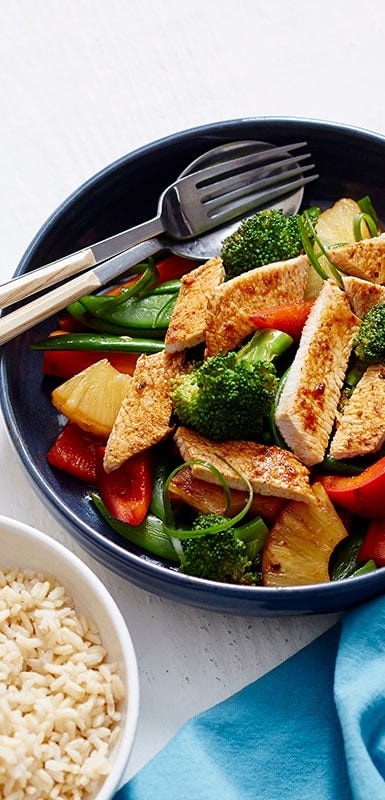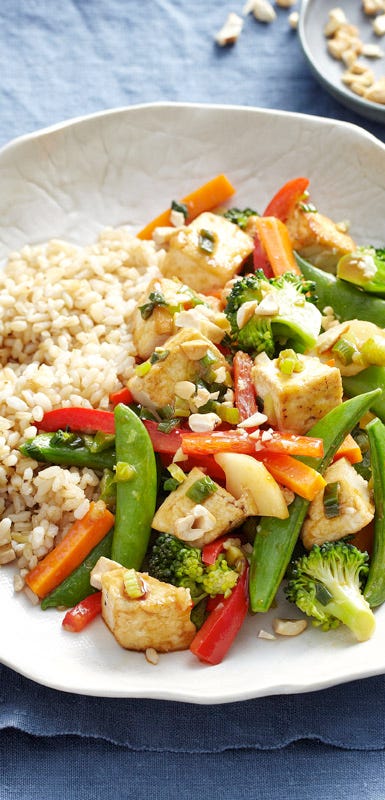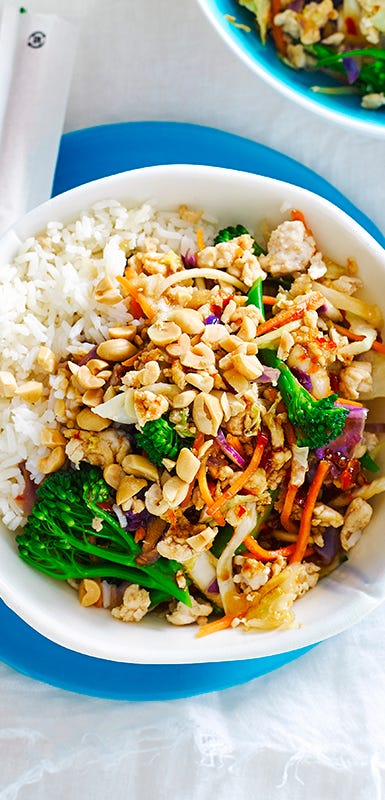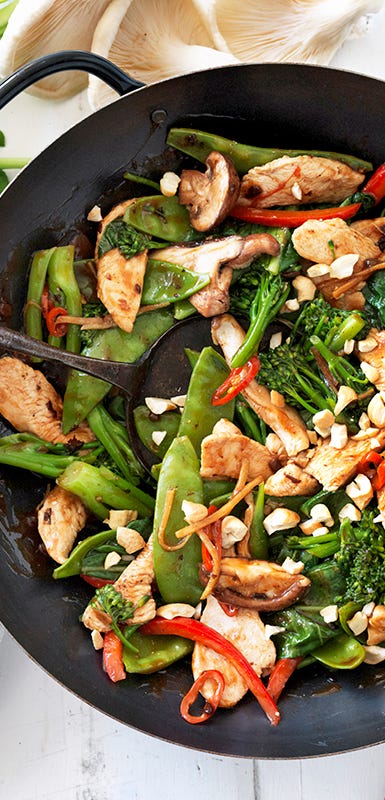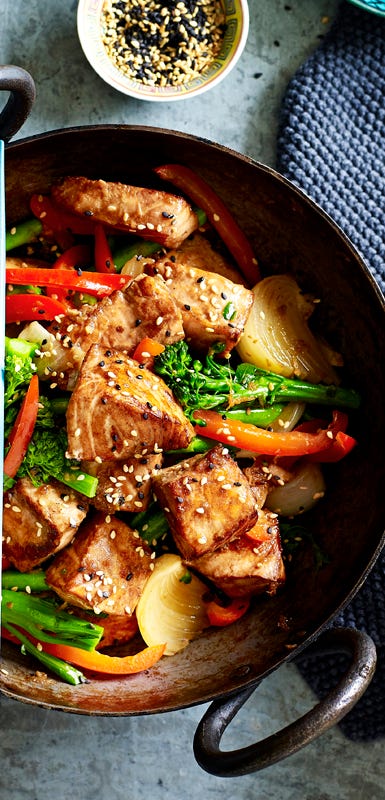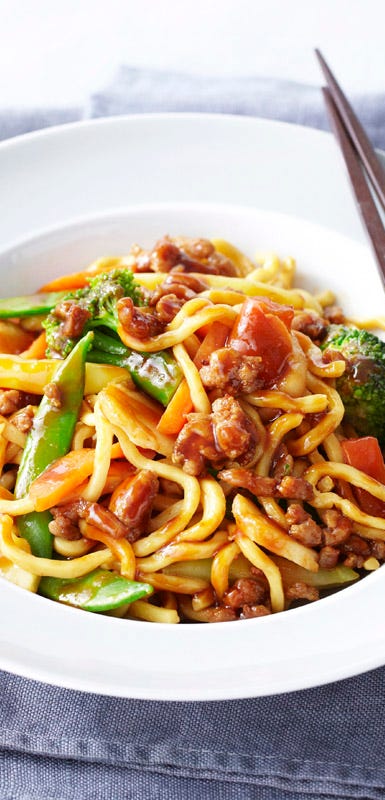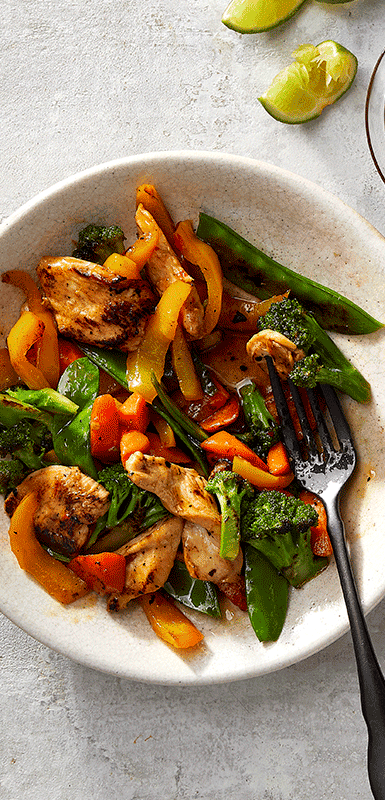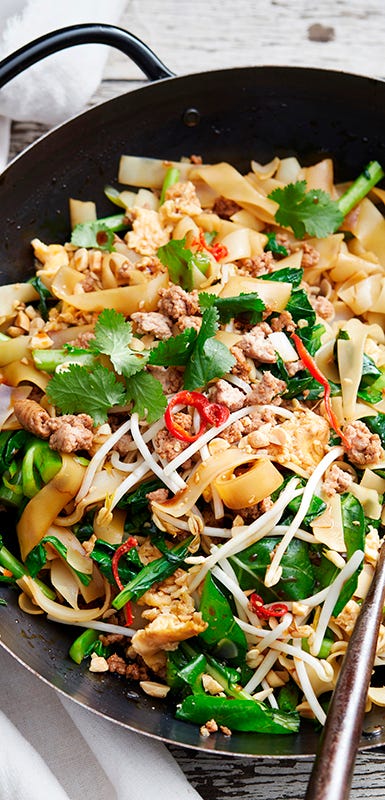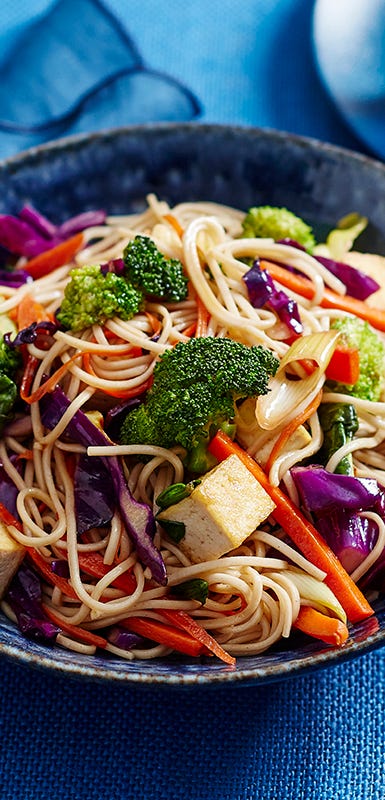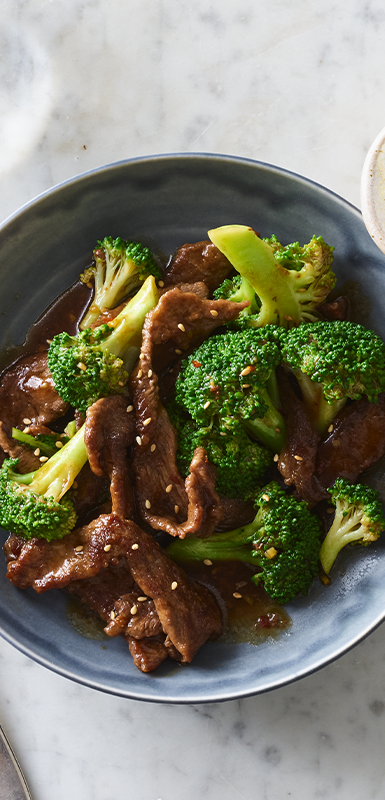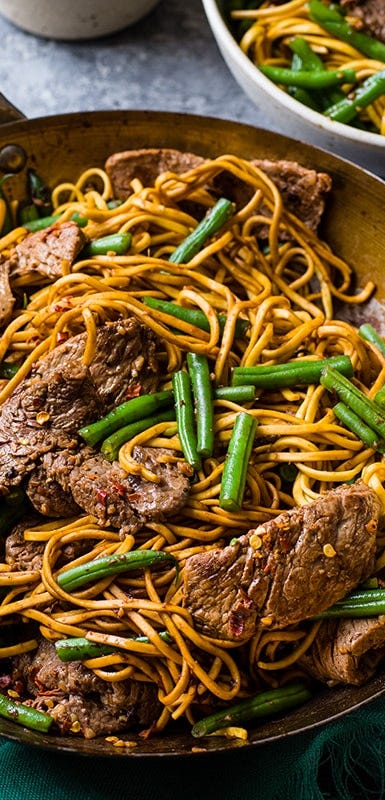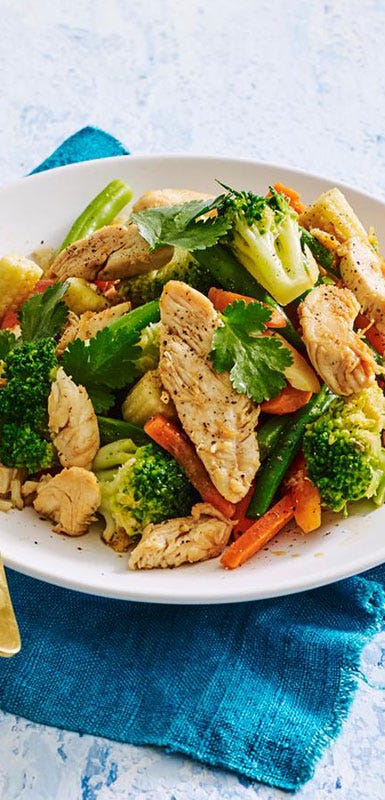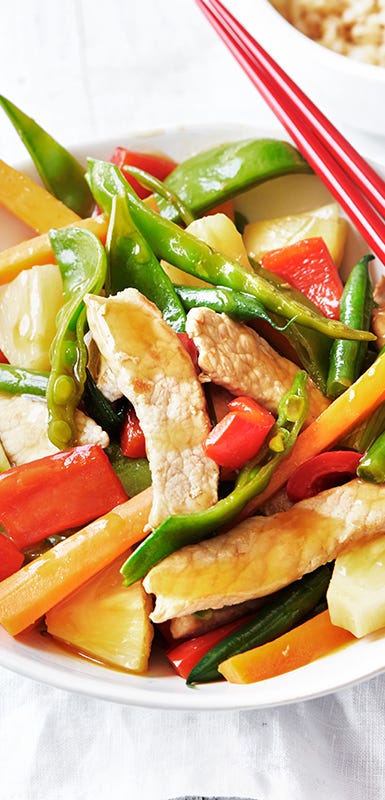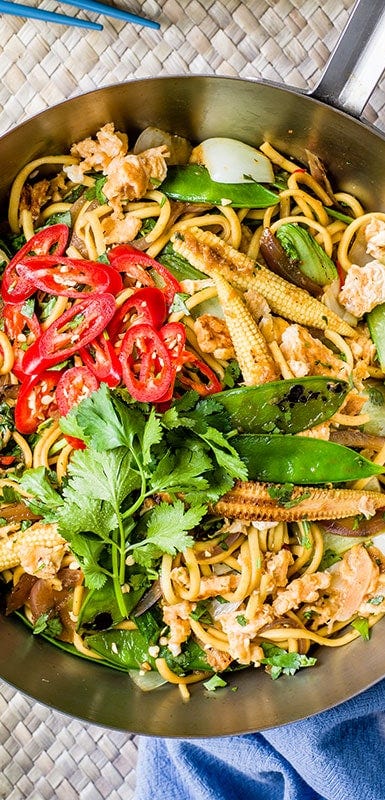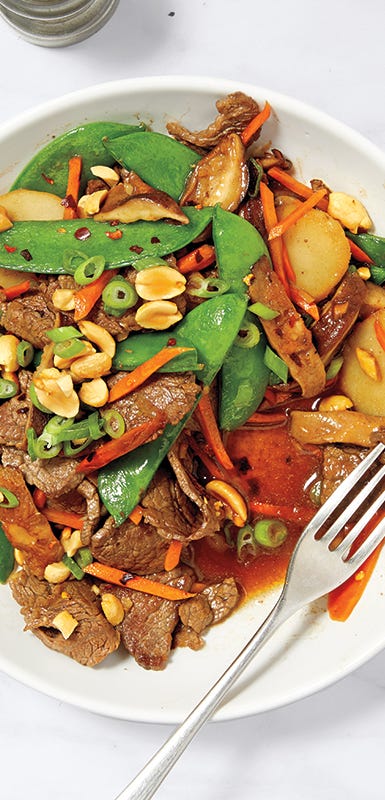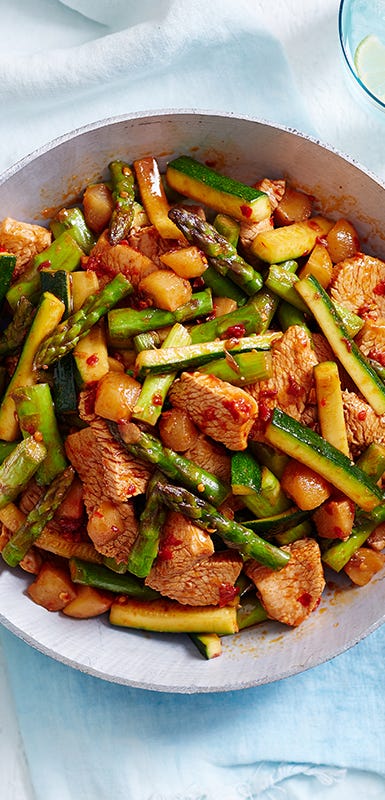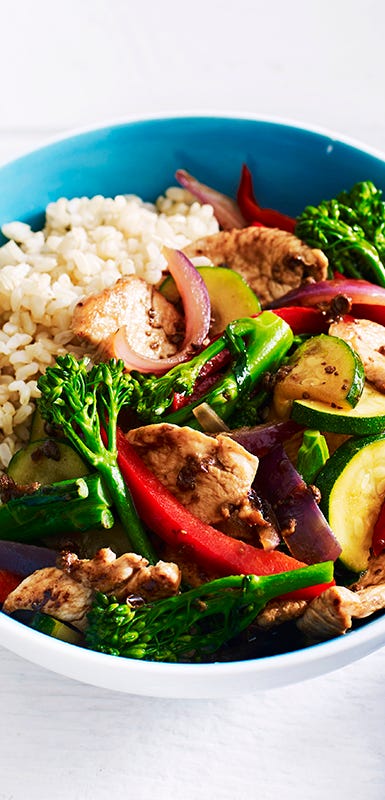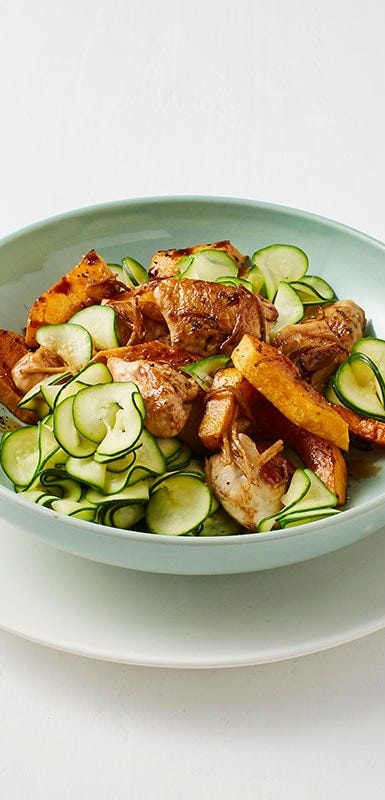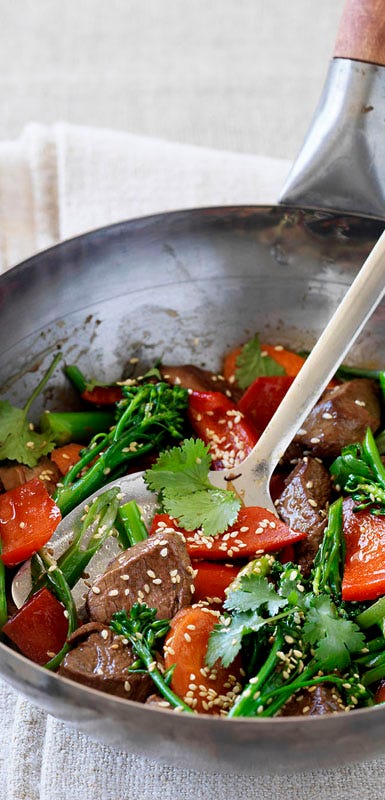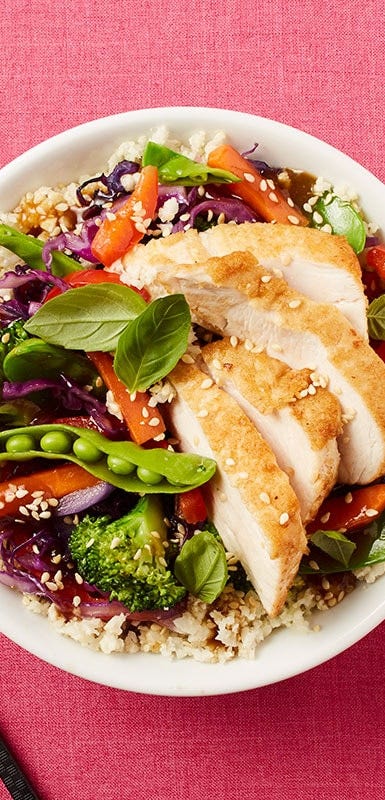21 speedy stir-fry recipes for dinner tonight
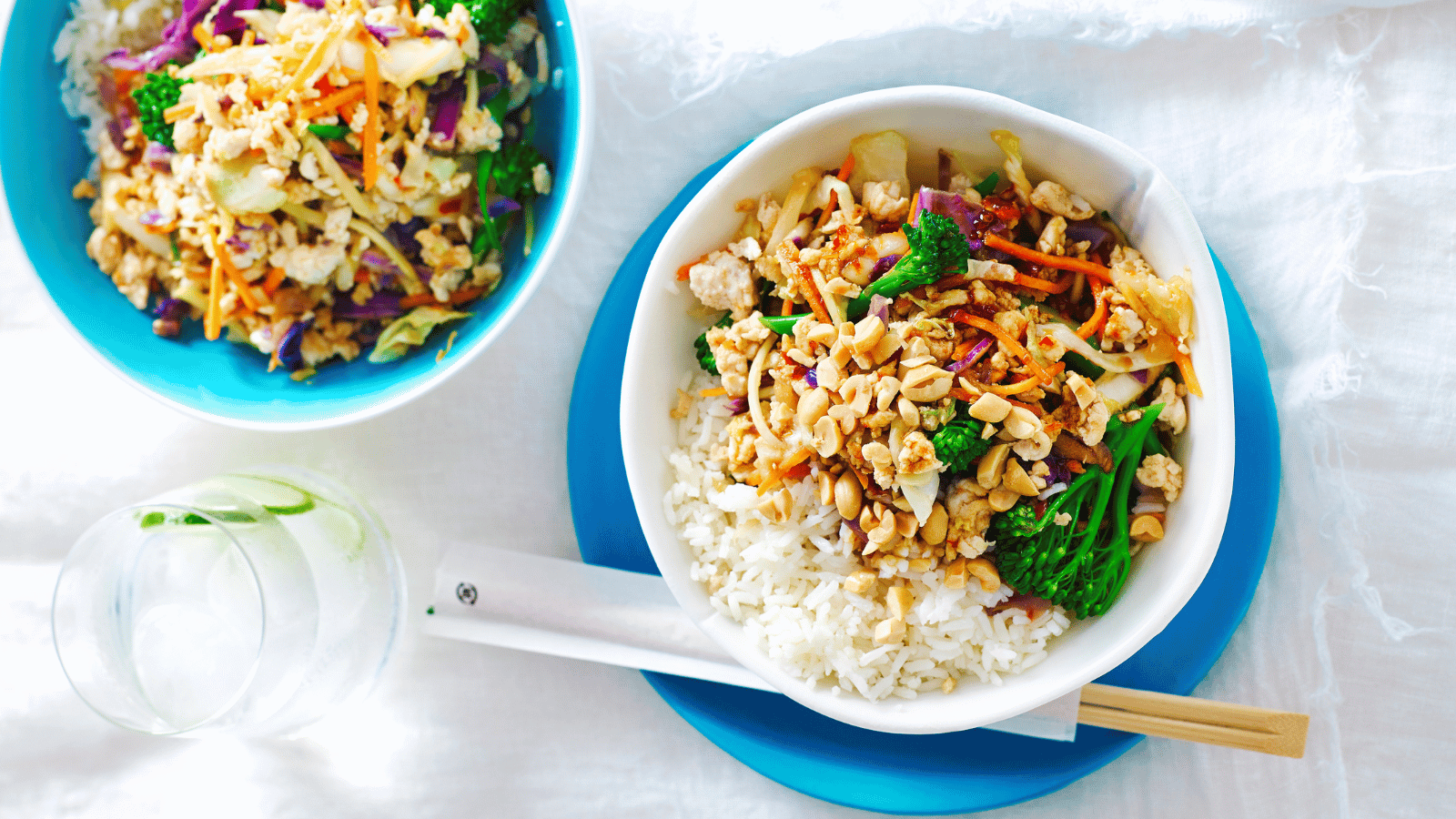

Cooking techniques for stir-frying
There is a lot to love about stir-fries. Not only are they quick, they also only use one frying pan or wok (less washing up!) and offer a world of delicious flavours – from Thai and Vietnamese to Chinese, Korean, Indonesian and more. But if you buy one from your local Chinese restaurant, it's most likely swimming in oil. You can recreate the great flavour at home with these quick and easy cooking techniques and delicious stir-fry recipes. Nutritionist and food writer Robin Vitetta-Miller shares her secrets for scrumptious, healthy stir-fries.
1. Using the right equipment
Whether you use a wok or your trusty skillet is up to you. But, bear this in mind: "A skillet is just as good as a wok if it's 12 inches or larger," says Vitetta-Miller. Why? The food you're stir-frying needs to come in constant contact with a very hot pan. So you must avoid overcrowding. If your pans are small, consider stir-frying in batches and then reheating the entire meal.
2. Cooking the meat, poultry or tofu
Always cook your meat or poultry first. This way you impart the flavour of the beef, pork or chicken into the pan. Cook tofu first too. Although it won't add flavour to the pan, it will cook better on its own – seared and browned – than it would tossed in with the raw veggies.
3. Choosing the vegetables
A key to good stir-frying is careful slicing. "All veggies should be cut into uniform-sized pieces," explains Vitetta-Miller, so that they'll cook in approximately the same amount of time. Smart picks include carrots, zucchini, celery, string beans, broccoli, snap peas and bok choy. Softer veggies such as tomatoes and eggplant tend to get mushy.
If you'd rather skip the slicing altogether, check out some of the frozen stir-fry vegetable mixes at the supermarket or the pre-cut bags found in the fresh produce section. They are a super simple way to create a healthy stir-fry without the fuss.
4 Using the correct heat
Temperature regulation is crucial to expert stir-frying. To assess the temperature of your pan, Vitetta-Miller suggests drizzling a few drops of water into it. If the water just sits there, the pan is not hot enough; if it evaporates right away, it is too hot. If the pan is the right temperature, she says, "the water will bounce and dance."
5. Choosing the oil
Tasty varieties of oils that work well in stir-fries include toasted sesame, roasted peanut and hot chilli oil.
The perfect stir-fry technique
- Once you've got everything sliced and diced, and your pan is hot, add a little oil.
- Warm the oil and then add fresh minced garlic and ginger. Stir-fry for 30 seconds.
- Quickly add your uncooked meat, poultry or tofu so that the garlic does not burn. Add a dash of soy sauce, season to taste and stir-fry, moving the food constantly, until it's cooked through.
- Remove the meat or tofu from the pan with a slotted spoon so that the oil and juices remain in the pan to add flavour to your vegetables.
- Add your veggies, again stir-frying with constant movement. You want them crisp-tender but not soft so cook them for about 3 to 5 minutes.
- Add your meat, poultry or tofu back to the pan, mix in a few spoonfuls of the sauce, and warm through.
Tasty stir-fry recipes
How to make homemade sauce for stir-fries
All sauces serve four people using 500g of meat, chicken or tofu and approximately 4 cups of chopped vegetables.
1. Sweet and sour stir-fry sauce
Mix ⅓ cup apricot preserves or orange marmalade, 1 tbs low sodium soy sauce and 1 tsp sesame oil together and season to taste.
2. Creamy curry stir-fry sauce
Mix ½ cup low-fat sour cream, 1 tsp curry powder and 1 tbs fresh chopped coriander together and season with salt and pepper to taste. Thin out with chicken broth, if you desire.
3. Wild mushroom stir-fry sauce
Soak 16g dried porcini or shitake mushrooms in water for 15 minutes. Drain, reserve the liquid and set aside. Dice the mushrooms, place them in a small bowl, add the reserved liquid back in and season with salt and pepper to taste. (Note: If you prefer a thicker sauce, dissolve 2 teaspoons of cornstarch in ¼ cup of cold water; add to the mushroom sauce and mix well.)

